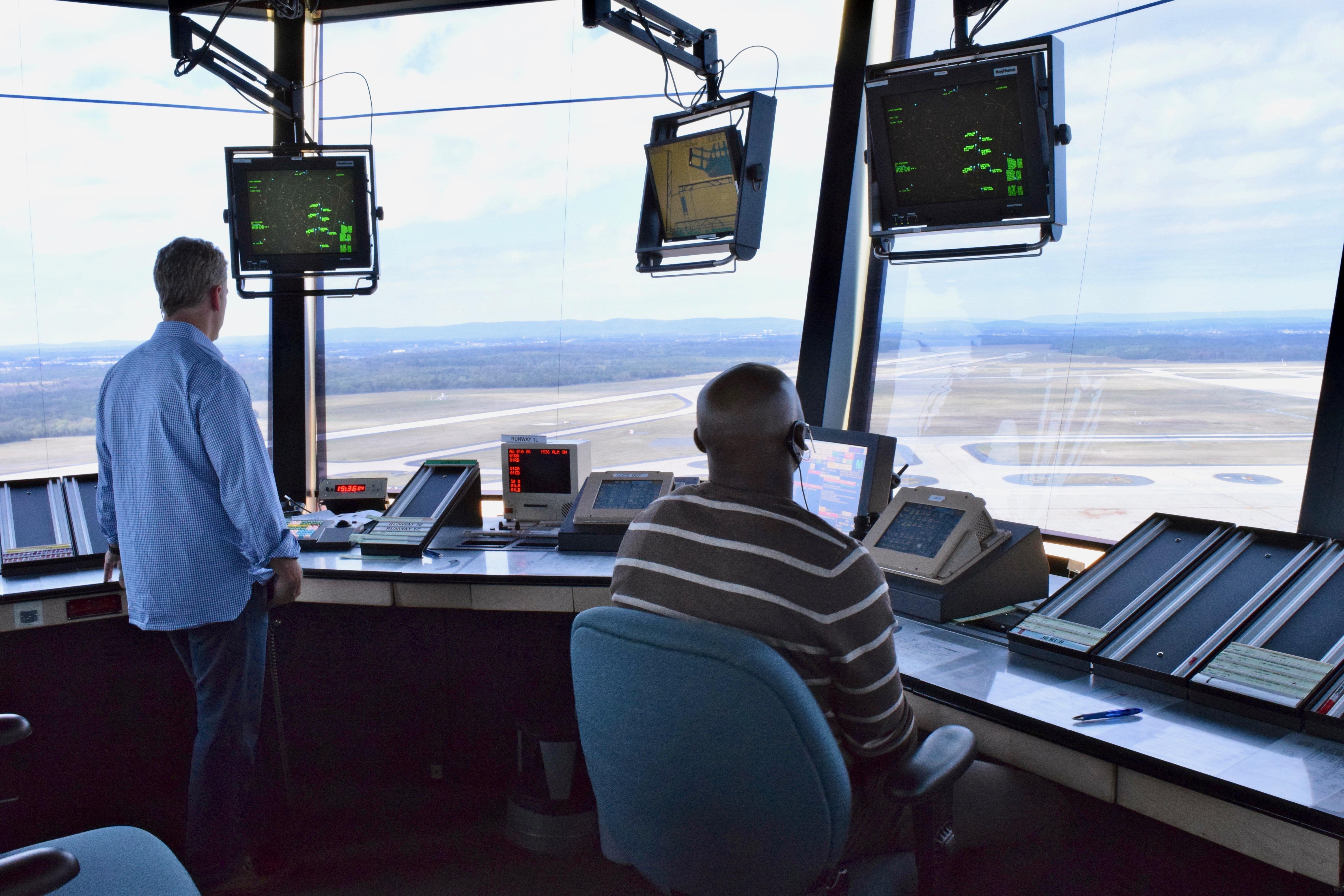
WASHINGTON—More than 300 employees working at FAA air traffic control (ATC) facilities have contracted COVID-19 since the first positive cases were detected at Chicago Midway International Airport in March, the agency’s top ATC executive said Nov. 17.
Since the start of the pandemic, the FAA has established a Joint Crisis Action Team (JCAT) at its ATC System Command Center in Warrenton, Virginia to coordinate response plans with operational facilities each time an infection is confirmed, FAA Air Traffic Organization (ATO) COO Teri Bristol said.
“To date, our JCAT has worked more than 300 confirmed Covid cases in our workforce, from across the continental U.S., Alaska, Hawaii and the Caribbean,” Bristol told an online meeting of the NextGen Advisory Committee (NAC). “In fact, more than 200 of our facilities have been impacted by Covid cases, some facilities with more than one incident.”
Bristol briefed the NAC, an industry-led committee that advises the agency, on steps the FAA has taken since its announcement on March 17 that multiple technicians working at the Chicago Midway tower had tested positive for the novel coronavirus that causes COVID-19. FAA regional flight surgeons have helped the ATO craft its response by interpreting and adapting guidance from the U.S. Centers for Disease Control and Prevention (CDC).
The ATO now mandates that employees wear facial coverings in all facilities where social distancing is not possible. It has created reserve crews of controllers and adjusted the operating hours at some airports to match the substantial decrease in air traffic caused by the pandemic.
The FAA says it operates 700 ATC facilities. The ATO has increased routine cleanings of facilities and entered into contracts for Level 3 deep cleanings at facilities where COVID-19 infections have occurred.
“Those of you who have visited an operational floor know that our facilities were not designed for the social distancing that is needed today,” Bristol said. “It presents a unique challenge, as very often our control positions are separated by less than the CDC-recommended guidance. This environment of limited separation between controllers means that a positive Covid case can remove not only the employee who tests positive but may also require quarantine of additional employees.”
Despite the infections at its ATC facilities—which are on the increase alongside the U.S. national trend—the FAA has managed to maintain operations across its network. Deep cleanings are timed for when air traffic demand is reduced.
“We are in the midst of a spike in exposures to our facilities, but the ATO has been able to adapt and deal with lots of different disruptions to facilities with minimal impact to the national airspace system,” FAA deputy administrator Dan Elwell said. Elwell addressed the NAC for the final time as its designated federal officer before his November retirement.
